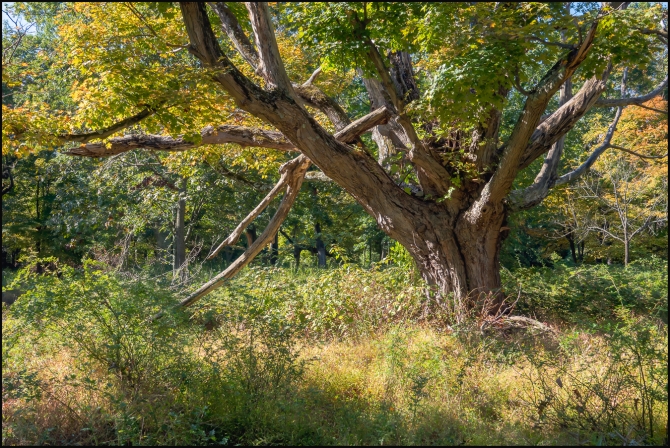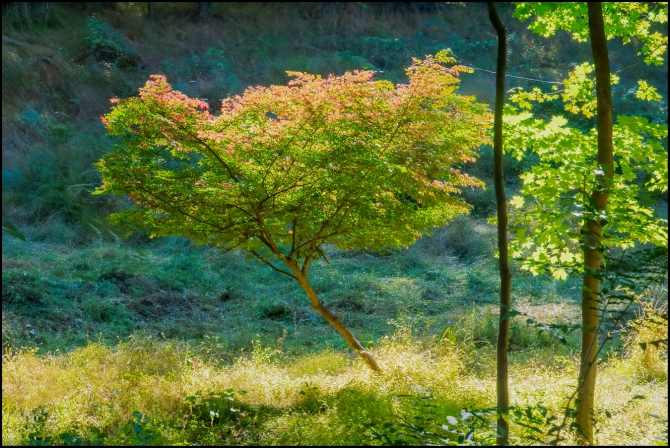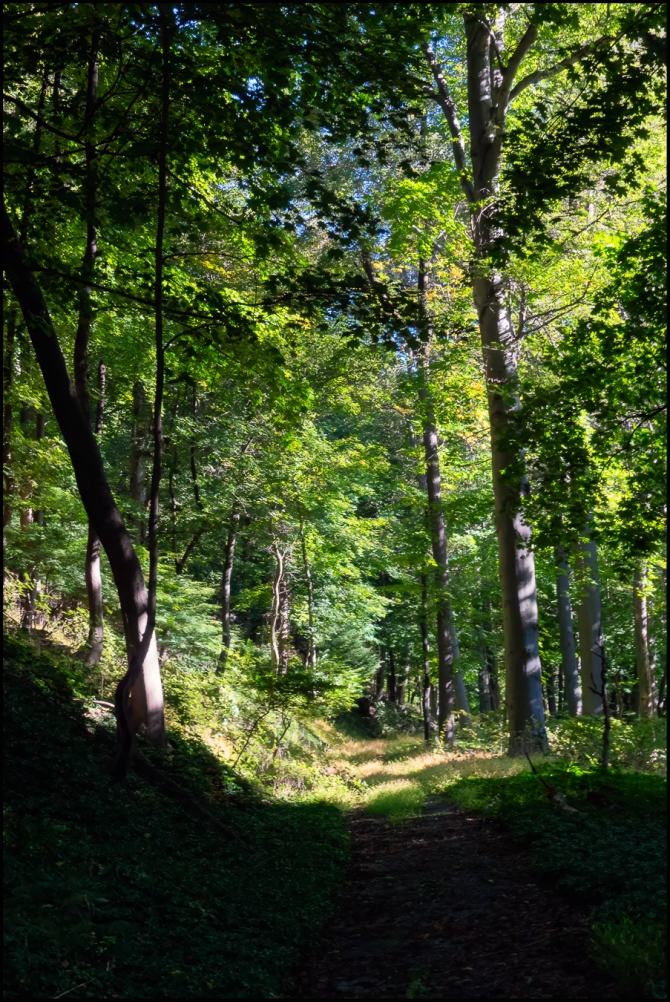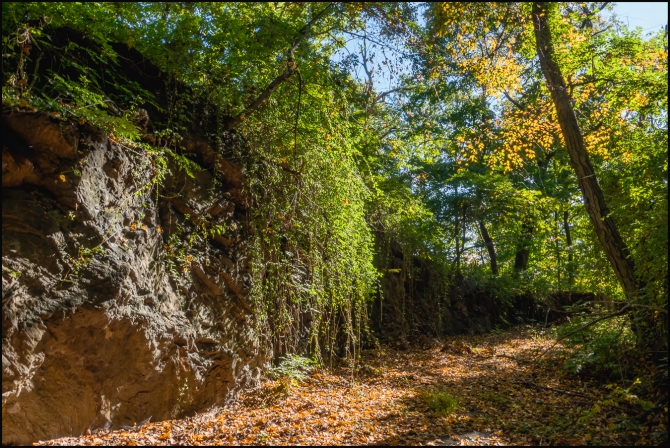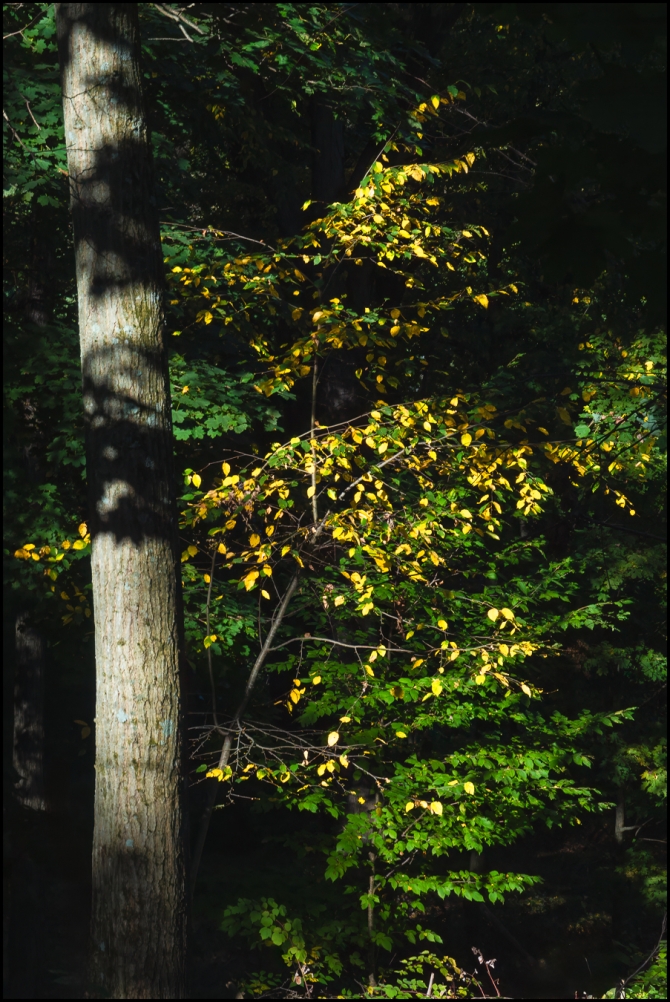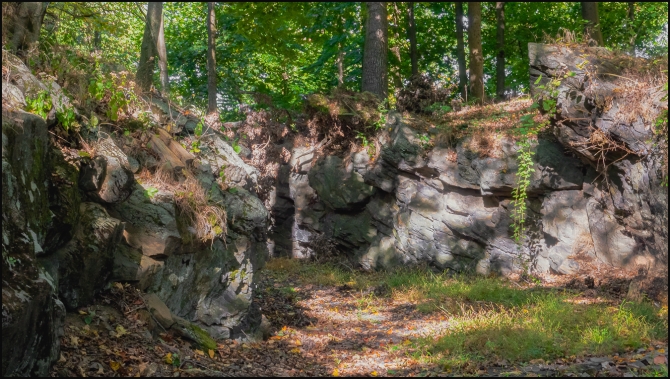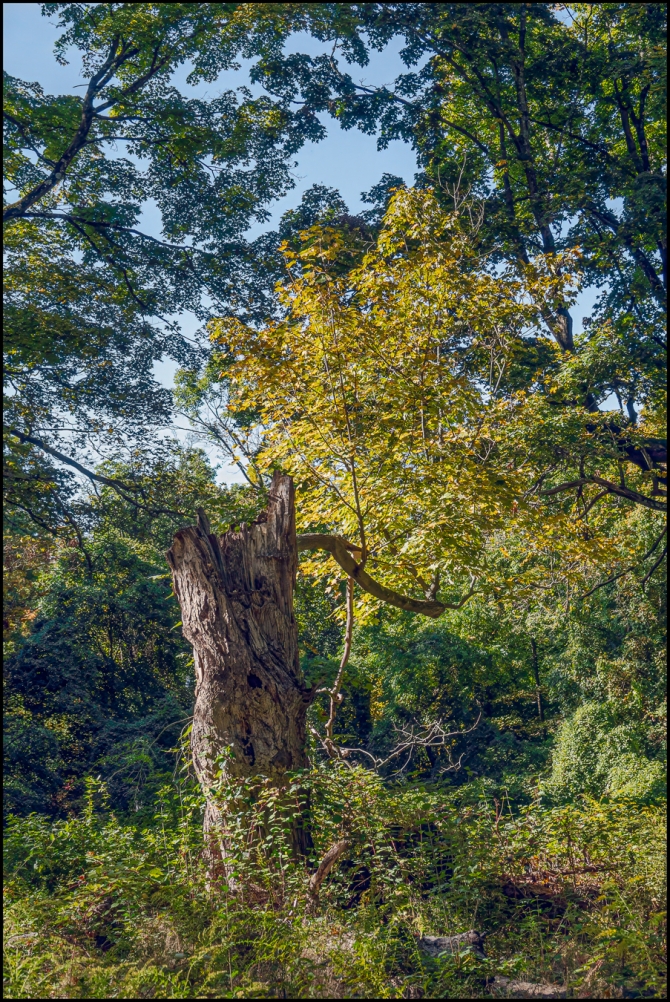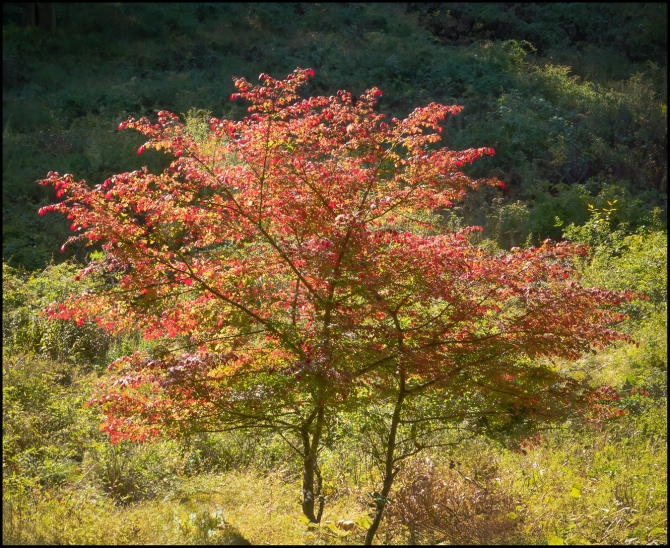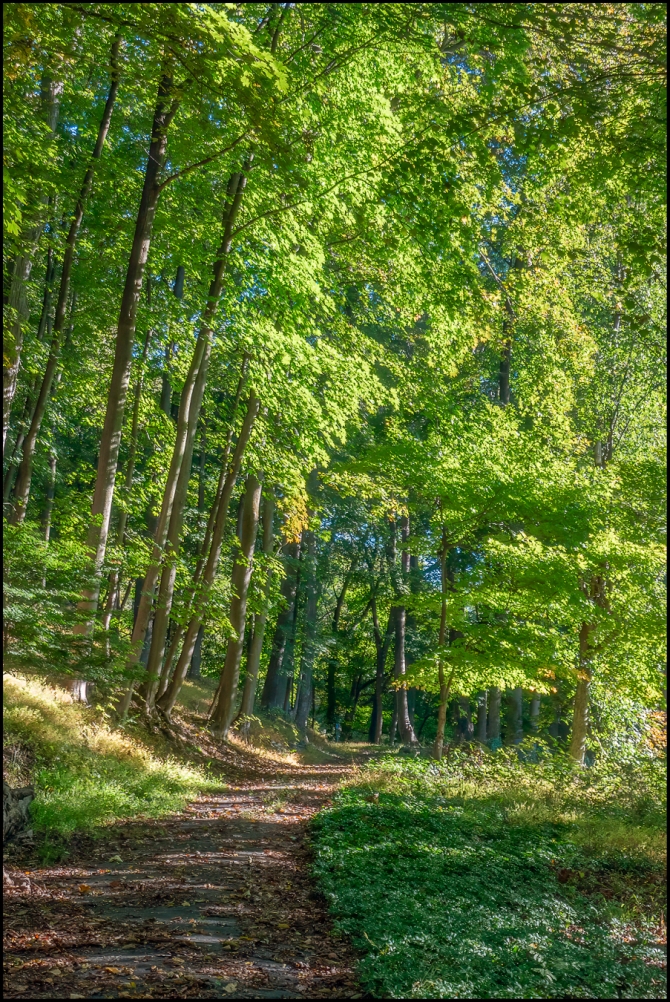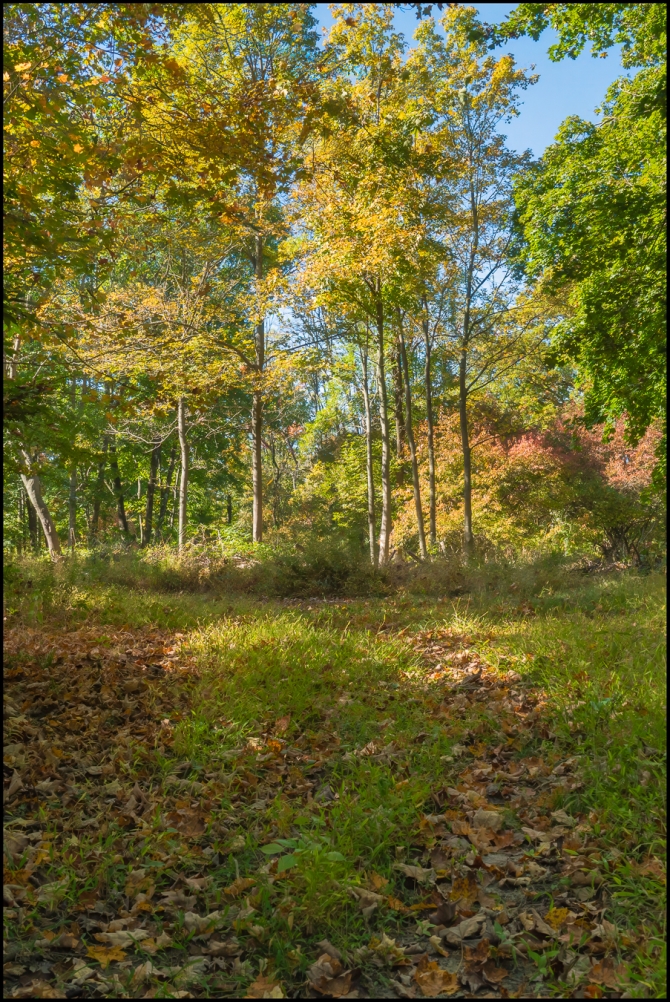The Briarcliff Manor-Scarborough Historical Society (BMSHS) recently organized a presentation on Harold Caparn, a well-known landscape architect. The presentation was titled “Gardens by Design. Formal and Informal Garden Designs by Harold Caparn” and it was given by a relative of Caparn’s: Oliver Chamberlain. About 25 people attended.
Harold Caparn opened his landscape architecture office at Yonkers, NY, in 1898. Besides commissions for private estates, he won a competition to design two Yonkers city parks. Working as a one-man firm, he gave personal attention to his clients, drawing plans, selecting plant material and overseeing the implementation of the plan to his exacting requirements.
After four successful years in Yonkers, he moved his office in 1902 to 156 Fifth Avenue in Manhattan. He was already engaged in designing The Bronx Zoo.
Caparn worked from late 1899 through 1904 as the landscape architect of the New York Zoological Park-The Bronx Zoo-the largest metropolitan zoo in the United States. He designed the Entrance Concourse and central Court, working alongside Heins and LaFarge, the architects of the animal buildings. He laid out open-air animal areas and walkways giving access along the Bronx River and to the outdoor animal exhibits. The Bronx Zoo is now a designated New York City Landmark.
Because of the quality of his landscape designs and his published articles, in 1905 he was elected a Fellow of the American Society of Landscape Architects (FASLA).
Caparn designed the estate and business landscapes for many clients from 1900 through the mid-1930s who were well-to-do and leaders in business, such as William Tully, Counsel for the Metropolitan Life Insurance Co., whose home and estate was on the north shore of Long Island. Caparn designed a rose garden for Tully that became the model for the rose garden of the Brooklyn Botanic Garden. Caparn also designed the grounds and entrance for the Tully estate.
He also designed the landscapes for two notable houses (Greylock and Hohensichtlich) in Briarcliff Manor, where Caparn himself also owned a house.
Oliver Chamberlain has published articles on Harold Caparn and Caparn’s early employer J. Wilkinson Elliott and has provided text and photographs on Elliott and Caparn for The Cultural Landscape Foundation’s “Pioneers,” online. He has provided the entry on Caparn for the book Shaping the American Landscape, published in 2009. Chamberlain published his book Landscapes and Writings of Harold Caparn, 1890-1945, in 2013.
Chamberlain has held faculty and administrative positions at Bowling Green State University, OH, and the University of Massachusetts Lowell. He is the fifth generation of the Caparn/Chamberlain family with interests in the art of landscape design and visual and performing arts.
Some sources for the book come from his personal family collection, others from his extensive research. He lives with his family on a plot he has designed near Providence, R.I.
Below: our presenter Oliver Chamberlain with BMSHS Executive Director, Karen Smith down by the Hudson River where we had dinner after the presentation.







